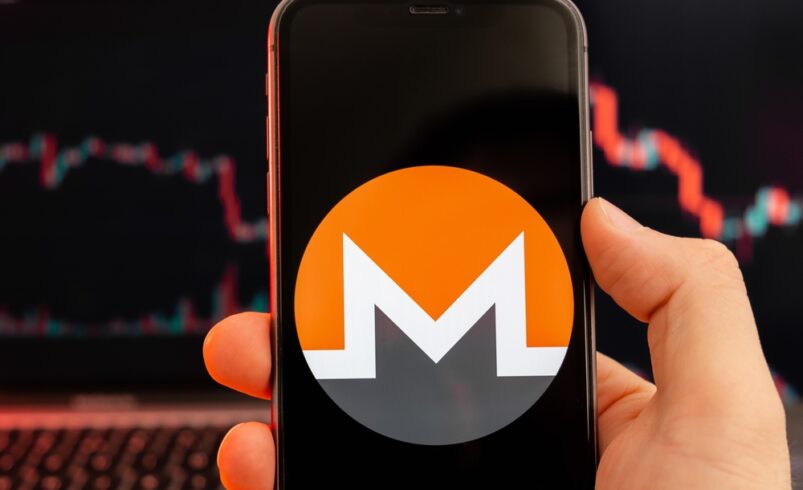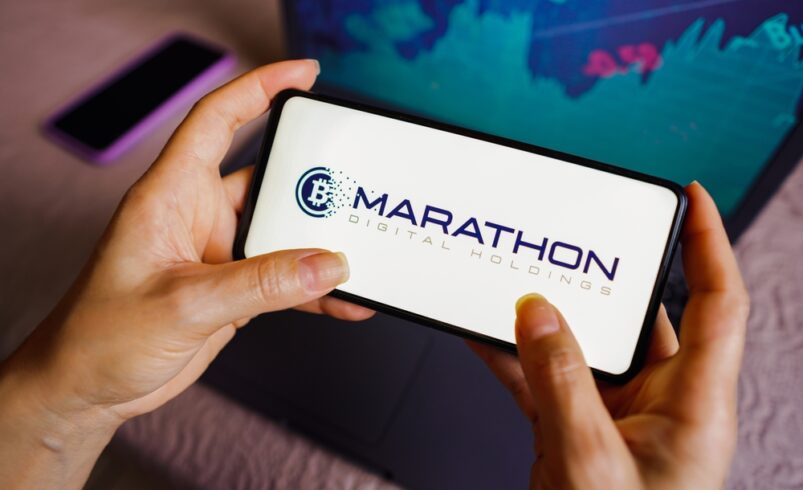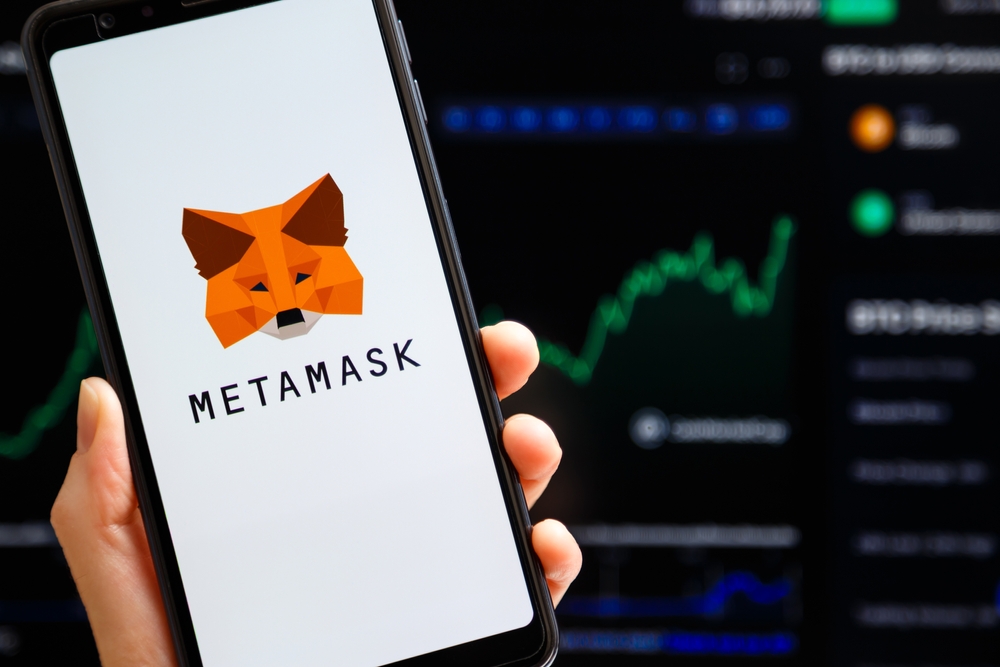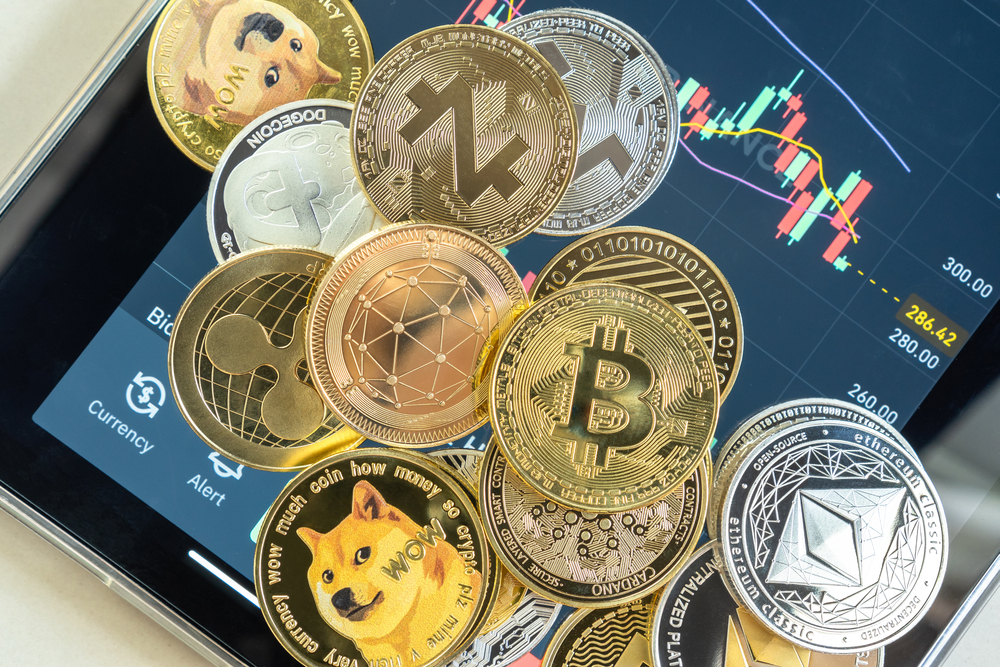How to Mine Monero: A Complete Beginner’s Guide

Mining is one of the many ways to earn crypto rewards. In this article, we will show you how to mine Monero. But first, let’s understand what this cryptocurrency is all about.
Understanding Monero
Monero is a popular open-source digital currency that was released in 2014. It has gained massive recognition due to its many privacy features. When you transact on the Monero blockchain, your transactions become untraceable and private. That means a third party won’t be able to see your transaction amount or identity.
Although many government authorities have been looking to block the use of privacy coins like Monero, these cryptocurrencies are still witnessing significant adoption. Monero remains a top digital asset, boasting a market cap of $3.01 billion. There are 18.14 million XMR tokens already in circulation.
How Monero Works
Monero adopts the proof-of-work consensus mechanism, meaning it relies on computational power for new blocks to be generated on the blockchain, like Bitcoin. The big difference between Monero and Bitcoin is that the former can be mined using the GPUs and CPUs of common computers, while the latter requires specialized devices called ASICs, which are pretty expensive.
Try GPT Definity AI today, the #1 crypto trading robot! Click here to learn more. Artificial intelligence trading robots are taking over the trading eco-system, you can join this revolution and profit from daily revenues! Get ahead of the trading game with Artificial Intelligence crypto trading software today!
It is worth mentioning that ASICs are not supported by Monero, as the developers behind the project believe such devices hinder decentralization. To block the use of ASICs to mine XMR, Monero adopts a hashing algorithm called RandomX.
Use Cases of Monero
Although many argue that Monero’s privacy features facilitate illegal transactions, the crypto asset has several legitimate use cases. For instance, Monero allows businesses to hide key information about their accounts to prevent malicious individuals from using the data for their benefit.
Moreover, Monero offers wealthy people much-needed privacy. In most cases, when their financial transaction history is revealed, data mining firms collect and sell it to anyone willing to pay the selling price.
Monero Wallets
Being one of the leading privacy coins, Monero is supported by various crypto wallets, including MyMonero, Monerujo, Edge, Cake Wallet, Monero GUI, Trezor, and Ledger.
Note that you can also purchase and hold XMR in exchange wallets like Binance, KuCoin, Kraken, CoinEx, Gate.io, Bitfinex, and Bittrex.
How Monero Mining Works
You can mine Monero on all operating systems, such as Android, Linux, MacOS, and Windows. So, what’s your work as a Monero miner? You will be tasked with verifying Monero transactions and adding new blocks on the network. For every block added, you’ll receive 0.6 XMR tokens.
What to Consider Before Venturing Into Monero Mining
Profitability
Determining whether Monero mining is profitable before you begin learning the mining process is crucial. Consider factors like electricity costs and mining pool fees. Use the Monero mining calculator to check the profitability of Monero mining.
Hash Rate
We can consider Monero mining as some form of competition, given that all miners strive to be the first to solve a computational problem to get XMR rewards. So, to increase your chance of being the first miner to add a block to the Monero blockchain, you need a device that produces a high hash rate. We recommend you use these CPUs to mine Monero: Intel Core i9-10900K, AMD Ryzen 9 3900X, and AMD Threadripper 3990X.
How to Mine Monero
Step 1: Set up a MyMonero wallet on your desktop.
Step 2: Download and install mining software called XMRig.
Step 3: Select a Monero mining pool. While you can mine XMR individually, your chances of having enough hash rate to mine a block are minimal. Therefore, we recommend you join a mining pool. Go to miningppoolstats.stream/monero to choose your preferred mining pool and copy its address.
Step 4: Open XMRig and add the Mining pool address and your MyMonero wallet address.
Step 5: Now run XMRig as administrator to start mining Monero.
You can monitor the progress on the mining pool website by pasting your MyMonero wallet address.
Final Thoughts
Crypto mining is becoming simpler thanks to blockchains like Monero, which allow miners to use their regular devices to verify transactions. However, before you start mining Monero, consider all the costs involved to ensure the venture is profitable.
Disclaimer: Mining Plus Crypto specializes in amplifying content for dozens of cryptocurrency and blockchain firms, and your company could be next on the list! For inquiries, please reach out to us through or Telegram Chat. Given the unpredictable nature of cryptocurrencies, we advise you to thoroughly research before investing. A portion of the content available on our website, including broker reviews, is paid content or content contributed by guest writers and does not necessarily represent the opinions of Mining Plus Crypto. We claim no liability for the accuracy, quality, and content of advertisements, products, or any other materials, including ad spaces displayed on our site. For a comprehensive understanding, please review our full terms and conditions, and disclaimer.






